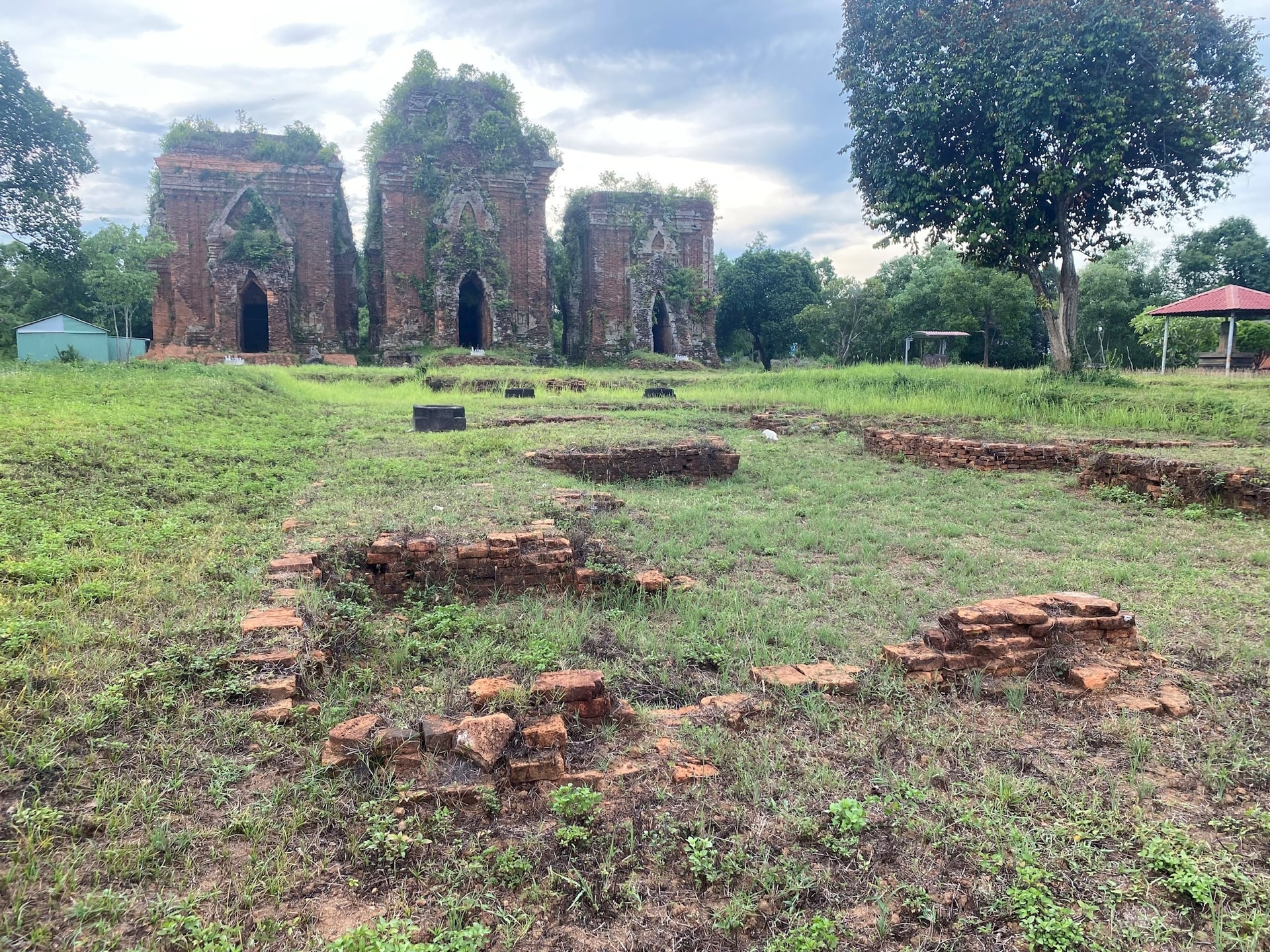
Facing many risks
Once considered a valuable archaeological site in the Sa Huynh cultural relic system in Da Nang city, the Go Ma Voi relic (An Hoa village, Duy Xuyen commune) now seems to have disappeared.
The old excavation pit is now hidden within the premises of an active industrial factory, separated by a fence, isolated from the outside.
Not far away, the laterite pillars of the Go Loi relic (Chiem Son valley, Duy Xuyen commune) are also exposed to the sun and rain and show signs of weathering due to natural impacts...
Da Nang City currently has 564 ranked relics including 6 special national relics, 84 national relics, 474 provincial relics and more than 200 relics in the inventory list.
In recent years, the work of preserving and promoting the value of relics has achieved remarkable results, but it cannot be denied that many relics and ruins, especially archaeological relics, have not received proper protection and are suffering from many impacts of climate and humans.
Through a survey in the city, many relics such as Go Ma Voi or Go Loi are being forgotten or not being properly protected.
The Phong Le Cham tower ruins (Cam Le ward), Duong Bi tower ruins, Tra Kieu citadel (Duy Xuyen commune), Ba Temple relic (Dien Ban Bac ward), Go Ngoai jar tomb relic (Dai Loc commune), and even some famous ancient tombs... are also facing risks and impacts from humans, economic development and weather factors.
According to the Department of Culture, Sports and Tourism of Da Nang city, its geographical location in an area with harsh weather conditions and the extreme impacts of climate change causes storms and floods to occur frequently.
While many relics are architectural works that are hundreds of years old, even thousands of years old, such as Cham temples and towers, they are often threatened, facing the risk of degradation, damage, and even collapse if not protected and restored.
However, due to the limited annual investment capital for relic restoration (mainly from local budgets), conservation work has only stopped at preventing degradation, and many large-scale projects have not been able to be implemented. This is clearly shown at some archaeological sites, causing the relics to not be properly preserved and protected.
Besides, the human resources for cultural heritage management are not commensurate with practical requirements, especially human resources in fields requiring specialized experience such as relic restoration, archaeology, history, fine arts, information technology, chemistry, etc.
Minimize impact
In fact, in recent years, the impact of nature and climate change on the relic system in Da Nang has been quite large, which not only appears in the ancient houses of Hoi An or some archaeological relics and ruins, but is even more evident in the architectural works of Champa temples and towers such as the phenomenon of wild plants eroding the walls of Bang An tower (An Thang ward), Chien Dan (Tay Ho commune) or the phenomenon of brick corrosion on the walls of Khuong My Cham tower (Tam Xuan commune)...
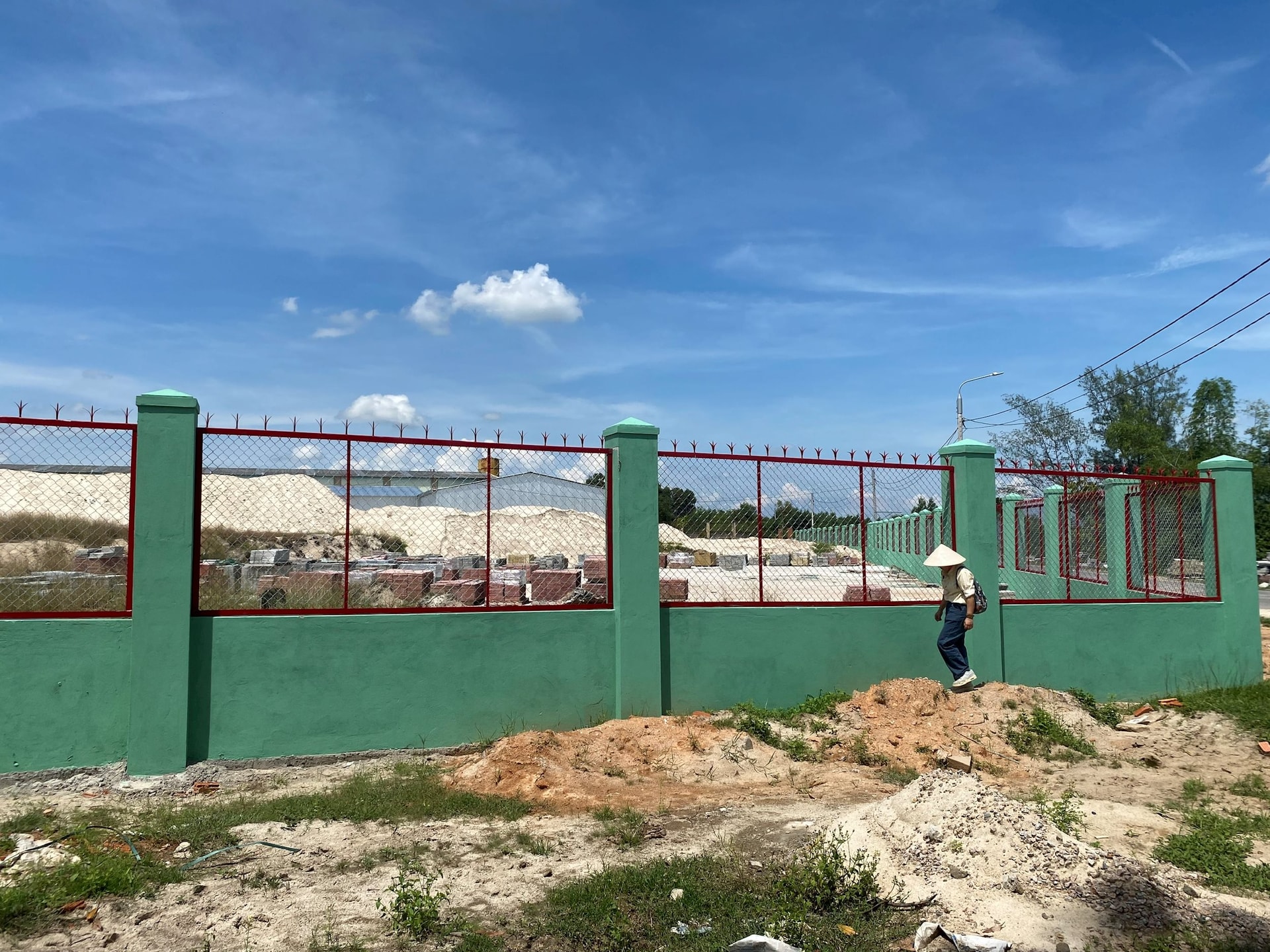
According to architect Dang Khanh Ngoc, Director of the Institute for Monument Conservation, the impact of climate change on monuments is inevitable and in many ways and to different degrees depending on the location, construction materials, surrounding environment as well as the resilience of each monument.
For example, temperature fluctuations, hot sun and heavy rain have caused expansion and contraction of materials (bricks and stones), causing cracks and breaks in architectural structures of relics.
Besides, high humidity also creates conditions for microorganisms and mold to grow, which is quite evident on Champa temple relics and some wooden architectural works in Hoi An.
In addition, frequent flooding and waterlogging also damage the foundation, causing cracks in walls and subsidence of buildings. Not to mention, long-term humidity causes materials such as wood, mortar, bricks and stones to rot and peel off.
Dr. Nguyen Ngoc Quy, Vietnam Institute of Archaeology, acknowledged that very few localities have cultural sediments and a large number of relics like Da Nang.
The Thu Bon River axis alone has concentrated many important relics and ruins of ancient cultures such as Tra Kieu citadel, Champa Basilica, My Son relic site, Thanh Chiem citadel, Hoi An commercial port, Dai Chiem seaport, including Dong Duong royal Buddhist monastery...
Because Da Nang has so many sediments and relics, the large amount of work makes it very difficult for archaeologists and cultural management agencies to choose which goals to prioritize first and which goals to prioritize later.
While the impacts of weather and climate are increasingly complex, with extreme impacts on relics, in the long term we need a comprehensive plan from policy, technique, management to local community responsibility to protect relics, archaeological sites, and minimize the impacts of natural disasters, storms and floods caused by climate change.
Source: https://baodanang.vn/lua-chon-muc-tieu-uu-tien-bao-ton-3306537.html


![[Photo] Closing ceremony of the 18th Congress of Hanoi Party Committee](https://vphoto.vietnam.vn/thumb/1200x675/vietnam/resource/IMAGE/2025/10/17/1760704850107_ndo_br_1-jpg.webp)
![[Photo] Immerse yourself in the colorful musical world of “Secret Garden Live in Vietnam”](https://vphoto.vietnam.vn/thumb/1200x675/vietnam/resource/IMAGE/2025/10/18/1760805978427_ndo_br_thiet-ke-chua-co-ten-41-png.webp)
![[Photo] Collecting waste, sowing green seeds](https://vphoto.vietnam.vn/thumb/1200x675/vietnam/resource/IMAGE/2025/10/18/1760786475497_ndo_br_1-jpg.webp)
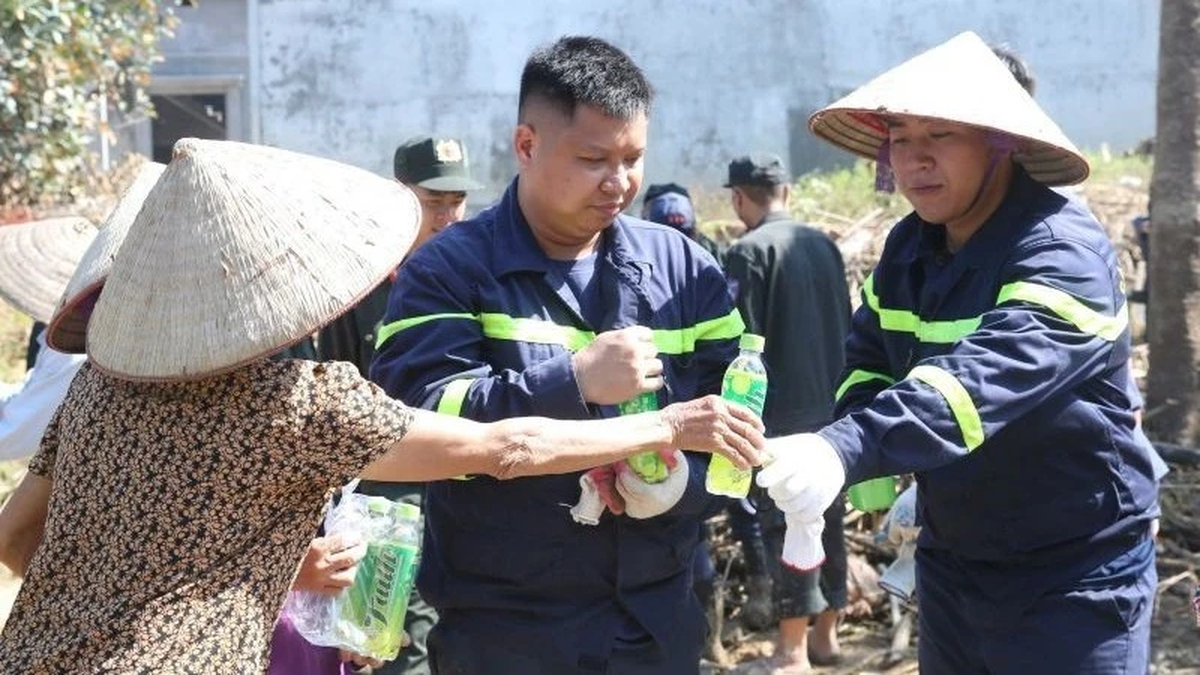

![[Photo] General Secretary To Lam attends the 95th Anniversary of the Party Central Office's Traditional Day](https://vphoto.vietnam.vn/thumb/1200x675/vietnam/resource/IMAGE/2025/10/18/1760784671836_a1-bnd-4476-1940-jpg.webp)
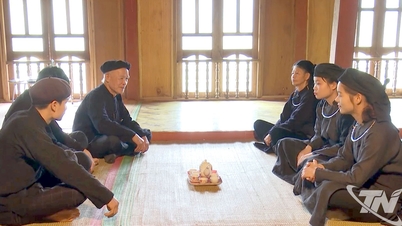

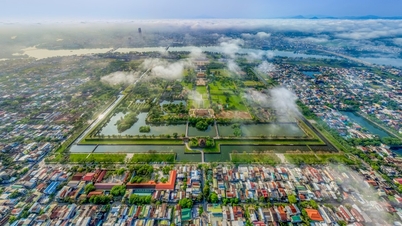


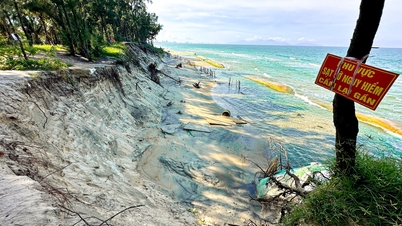

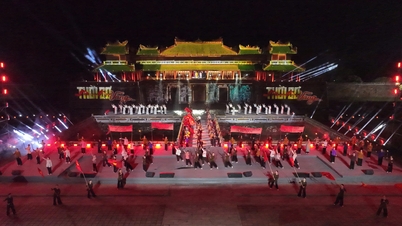


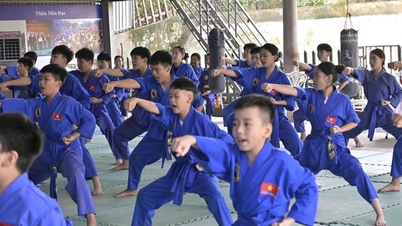
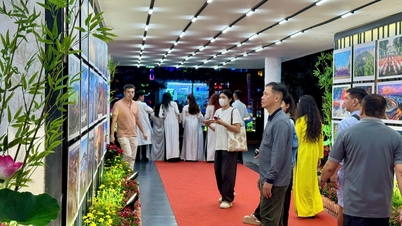

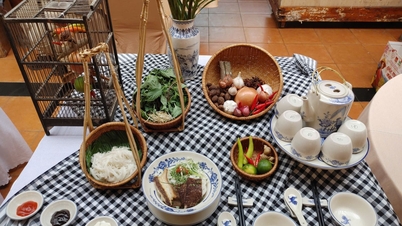
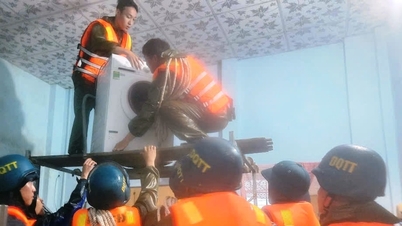







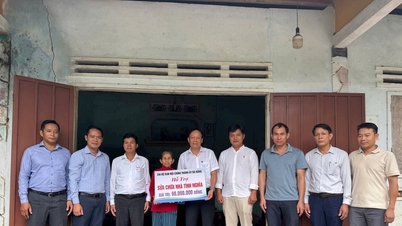
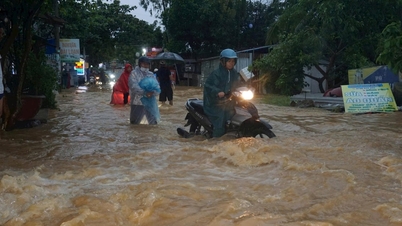

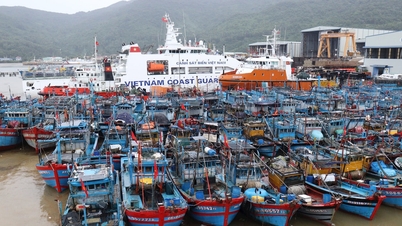
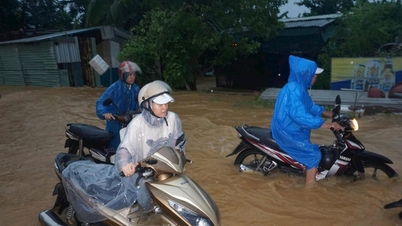






















































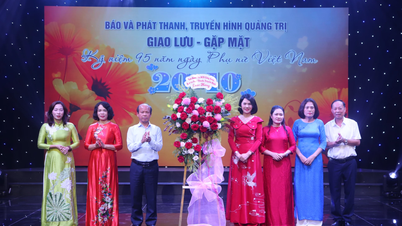















Comment (0)